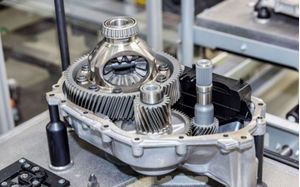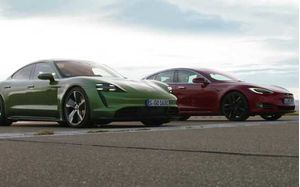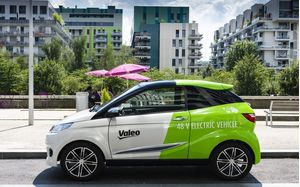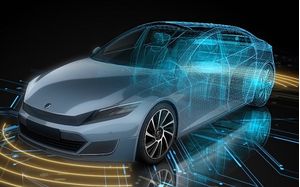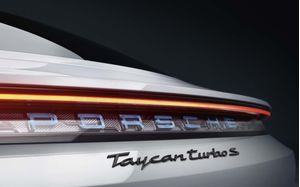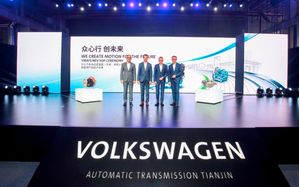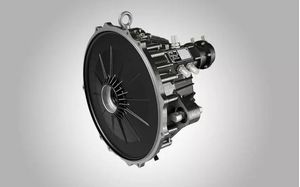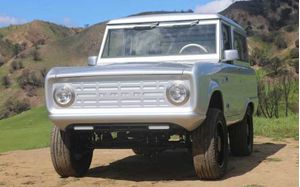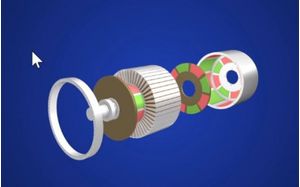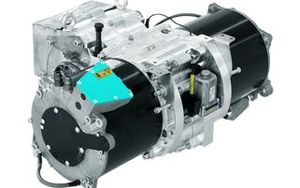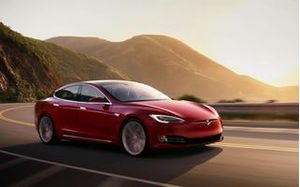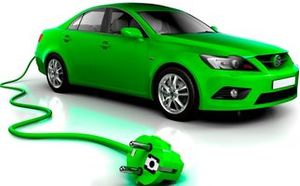Items marked by the "Electric vehicle" tag:
Articles
VW
Group Components has announced that it has designed a transmission system for
all the electric vehicles based on the MEB platform. According to the
manufacturer, the new product is notable for its compactness and its operating
versatility – i.e. it can handle different situations on the road with a single
gear.
Recently,
Top Gear arranged an exciting speed competition between the Tesla Model S
Performance and the new Porsche Taycan Turbo S. Despite the fact that the Tesla
had an edge in weight and power, the German car came out victorious in the 0-60
sprint. The
secret of this result lies in one important powertrain difference between these
two great cars, namely the transmission unit.
The era of electric vehicles may come sooner than we expect. The research conducted by Driving.ca brought to light one remarkable fact: more Americans gave preference to EVs over models that come with manual transmissions in the Q3 of this year.
Dana Inc and Valeo have entered into a global cooperation agreement to design and supply 48-volt electric-vehicle (EV) systems for new-mobility applications including low-speed electric and hybrid e-AWD cars.
With
the advent of electrified cars, there will be substantial changes not only in
the automotive industry, but also in the aftermarket segment. To stay
competitive on the market, aftermarket businesses must be prepared for the
upcoming revolutionary changes.
Recently, Porsche has presented its 2020 Taycan e-car and finally revealed a secret that has been widely discussed in the auto world: the new Taycan model will be equipped with a 2-speed transmission at the rear axle.
The Chinese division of VW had recently announced that the company launched production of 2 main elements (APP290 e-motor and the DQ400e transmission) for new energy vehicles (the term used in China to refer to plug-in electric vehicles) at its production facility in Tianjin (VWATJ), China.
The Russian company KATE, known for design of the gearbox solution for Aurus family, has recently presented a 2-speed gearbox for hybrid/electric trucks and buses.
Despite
the fact that the CVT market has been growing over the last years, Jatco is preparing itself for electrified vehicles. At the Shanghai auto show the
company has showcased new e-Axle powertrain units for future EVs: a coaxial
type and a 3-axis type.
Nowadays, it comes as no surprise that many auto engineering companies try to create their own versions of classic cars, but Zero Labs Automotive managed to draw attention of the auto world by developing the 1-st electric version of the legendary Ford Bronco and equipping it with a manual gearbox.
Recently,
one innovative company Linear Labs from Texas announced that it has developed a
new e-motor solution that exclude
a gearbox from the design of e-cars.
The
Austrian company Kreisel Electric is one of the most progressive and
forward-looking businesses in the E-vehicle industry. Recently,
the company, in collaboration with Sala Drive, has designed an automated 2-
speed gearbox intended for application in electric powertrains.
Like many e-cars, the Tesla Model S has no need of numerous car components including a transmission, gears and a clutch. Therefore, this car has fewer elements prone to wear or failures requiring repair. In this article, we will consider the powertrain solution implemented in the Model S.
It’s not a secret that all major auto manufacturers contribute greatly to programs on development of electric vehicles (EV) and in the nearest future this trend will gain greater momentum. But how will it affect vehicles with internal-combustion engines (ICE)? Will they become extinct? And more importantly, EVs don’t have a traditional gearbox. What if admirers of manual gearboxes will be interested in buying EVs in the future?

